UX&UI / 2021
Occupational Lunch Service Design
Responsibilities: User Research, Concept Design, UI Design & UX Evaluation
The Challenge
Design Processes
The design process could be divided into three main parts. Firstly, it was exploring and defining the problem where I reframed the design brief by defining the client requirements and goals, which was followed by a user research session where I identified the right problem to be solved. Secondly, I started to create a product concept based on a validated value proposition and then detailed the concept through information architecture, interaction design, wireframe, and visual design. Lastly, I evaluate the design with defined metrics. This case study ended with my reflection on the design process.
The success starts by spending time picking the right problem to solve.
- Paul Adams
SVP of Product, Intercom
#Explore & Define
How to define the right problem?
- Boost employee engagement and enthusiasm about Digitalist
- Drive increased employee loyalty
- Improve employees’ job satisfaction and pride in creating and delivering customer services
- Encourage increased Employee Net Promoter Score and motivation to work on a project
- Ultimately, employees are able to better perform and boost productivity at work and create better business value for Digitalist.
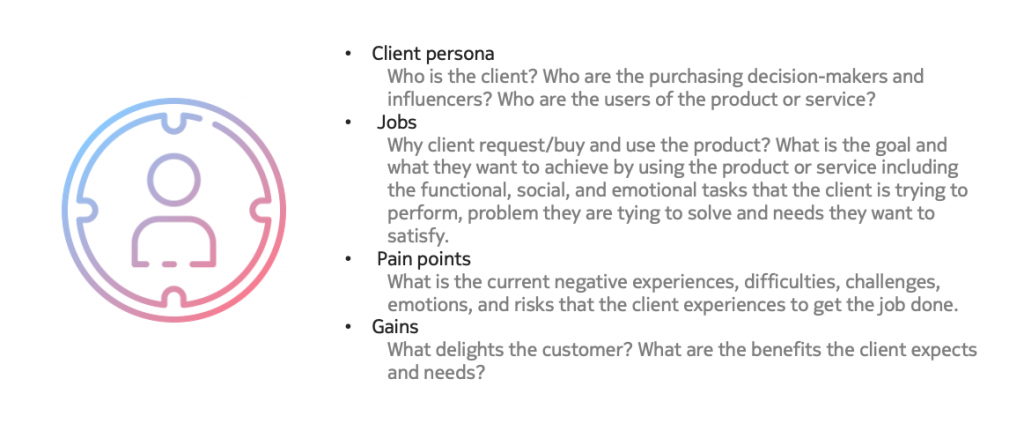
Research Plan
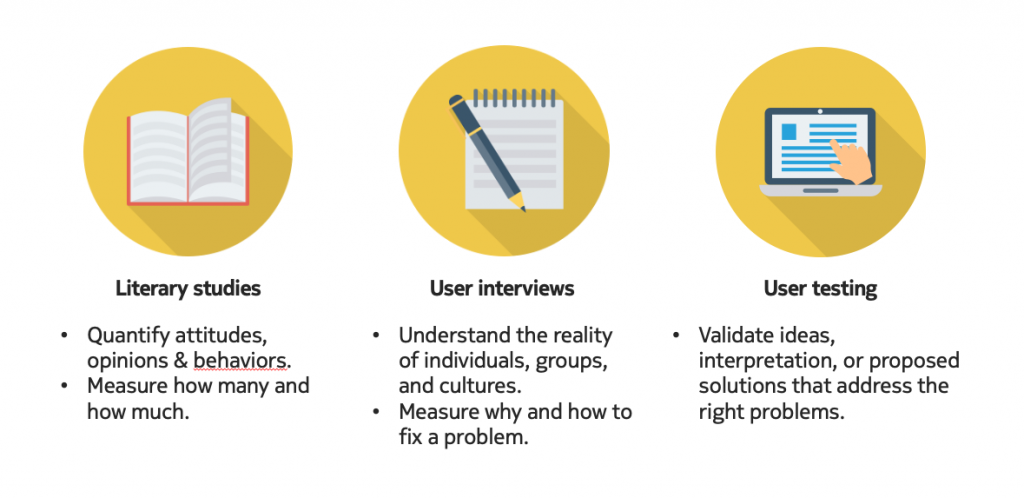
- Eating out during the workday is indeed a big requirement for employees.
- Gender, age, marital and parental status are associated with lunch behaviors at work. So it is important to keep user samples as diverse as possible when doing user research.
- To deep dive into the lunch solution, I should not forget about the social and cultural perspectives and systematically explore meal format, eating patterns, and the social organization of eating.
- The external factors like surrounding restaurants, workplace policies, and social norms among co-workers play an important role in lunch place choices among Finnish employees. Therefore, it is necessary to investigate those aspects in Digitalist to holistically understand the problems.
- Good to know the challenges but need to verify them.
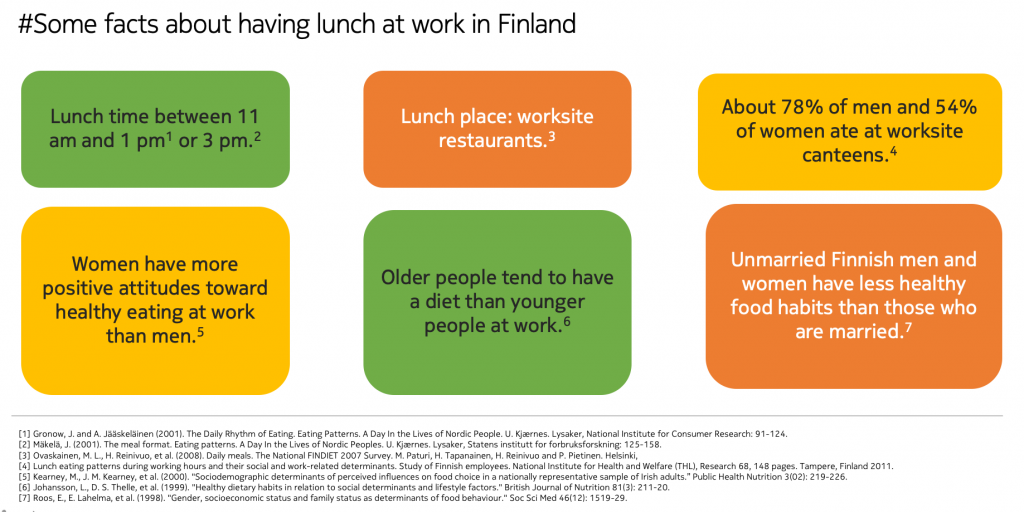
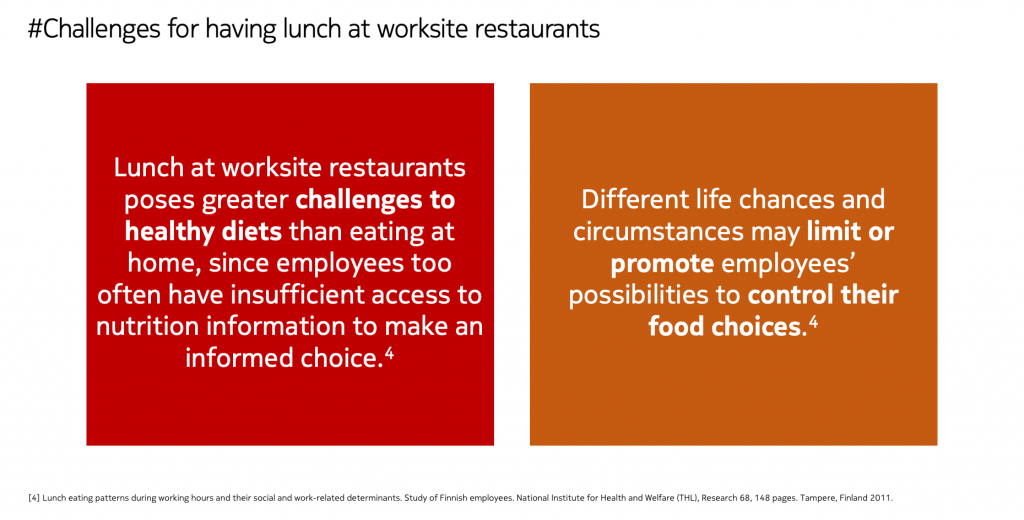
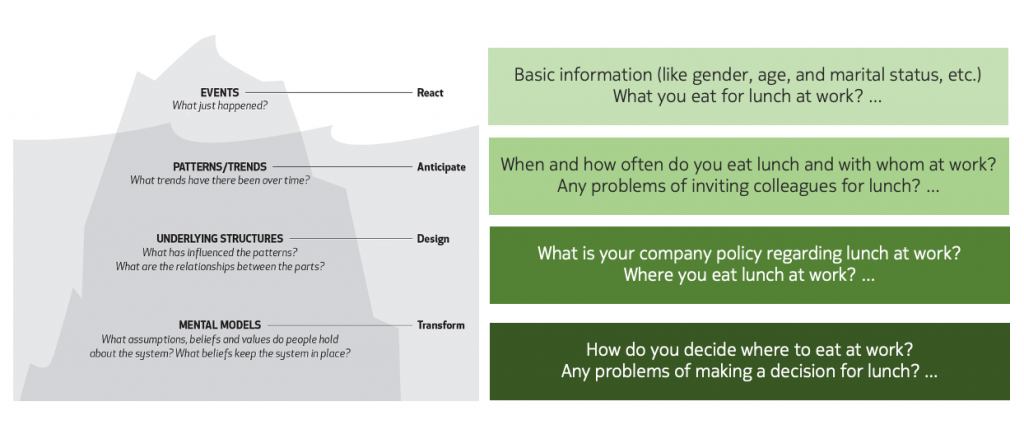
Four employees from Digitalist, Nokia, Huawei, and Avaintec respectively were recruited for the interview. The participants varied in their marital status (two married, two unmarried), background (security engineer, architect, designer, project assistant), age (between 25 and 36), and gender (two male, two female).
The interviews were conducted through phone calls. Each session lasted for 30 minutes. In the first five minutes, I explained the purpose of the session and the actual interview happened for the rest of the 25 minutes. The interviews were semi-structured, and which were able to discover unexpected stories. Interview findings were presented through user personas and task analysis.
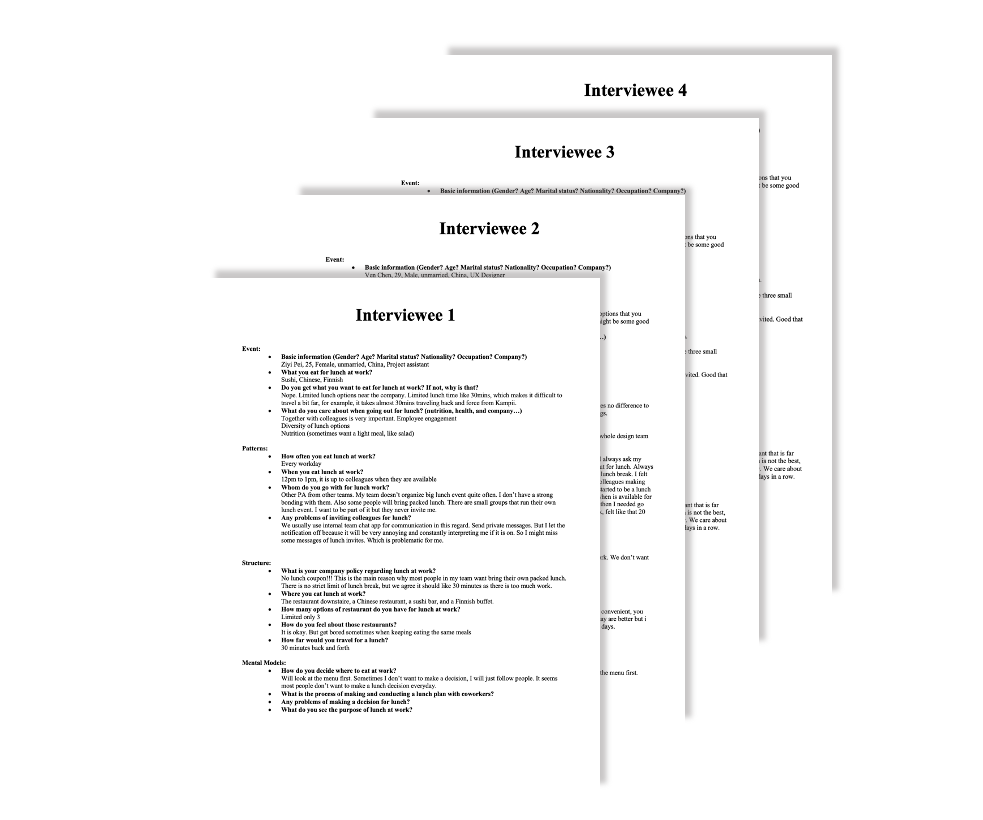
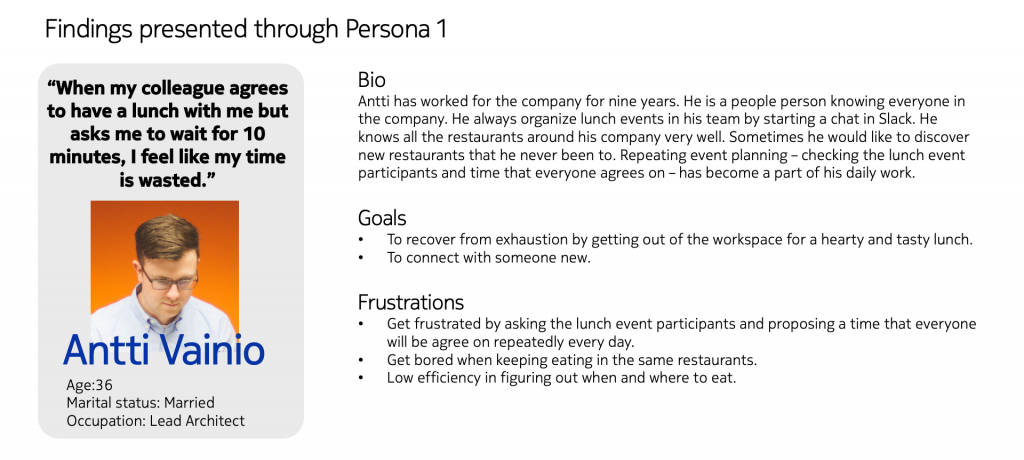
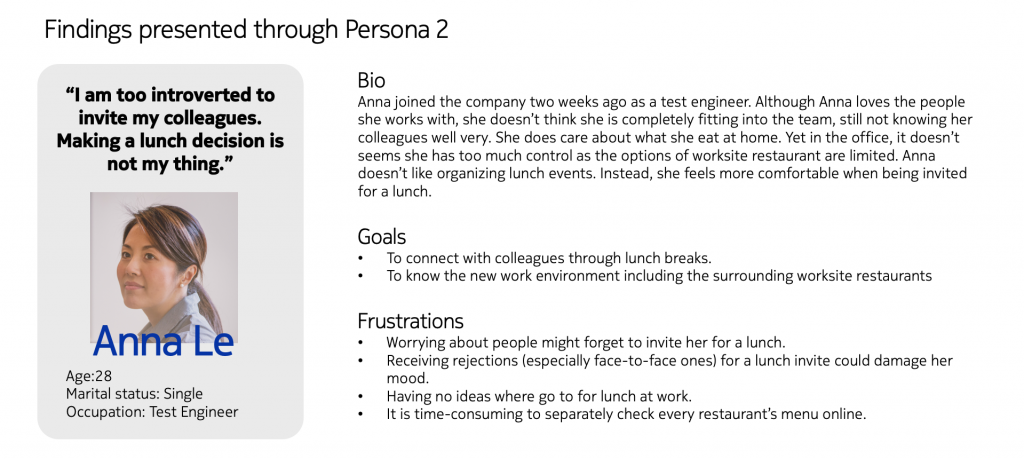
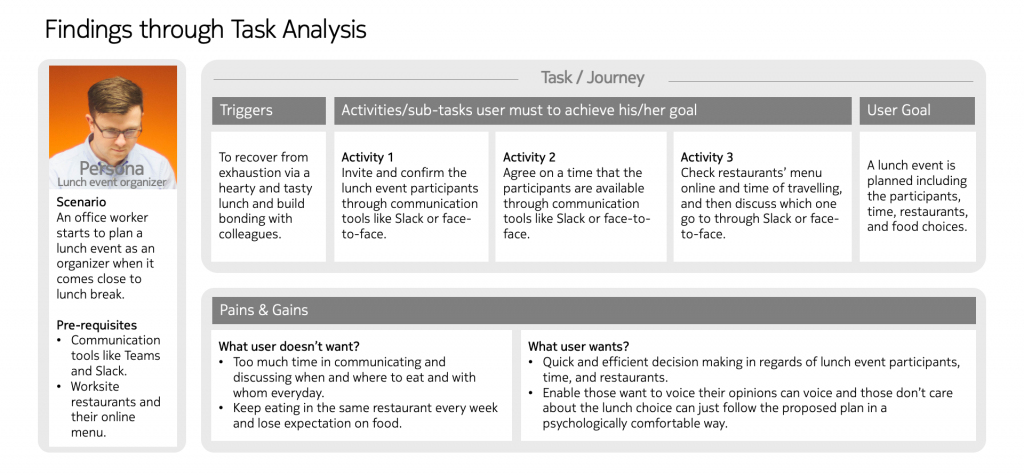
The participants reported that when it came to lunch break time, they needed to organize a lunch event where they could get a recover meal and build bonding with each other. They communicated and discussed through Slack or f2f to figure out the participants, time, and restaurant. The whole process was very slow. Therefore, they suggested faster and more efficient communication tools or functionalities in the current tools. I kept asking why to explore the proposed “need” and the proposed “functionality”. I found out not everyone was happy with the lunch plan as some of them couldn’t or didn’t want to voice their opinions. What users really want is to make decisions in a faster, more efficient, and more engaging way and everyone can respond in a psychologically safe way. It is about decision-making instead of communication. This is the only way that could produce a lunch plan that everyone is happy with. So the criteria for solutions is to minimize time to the desired end result and the criteria for end result is to maximize engagement and satisfaction in the agreed lunch plan.
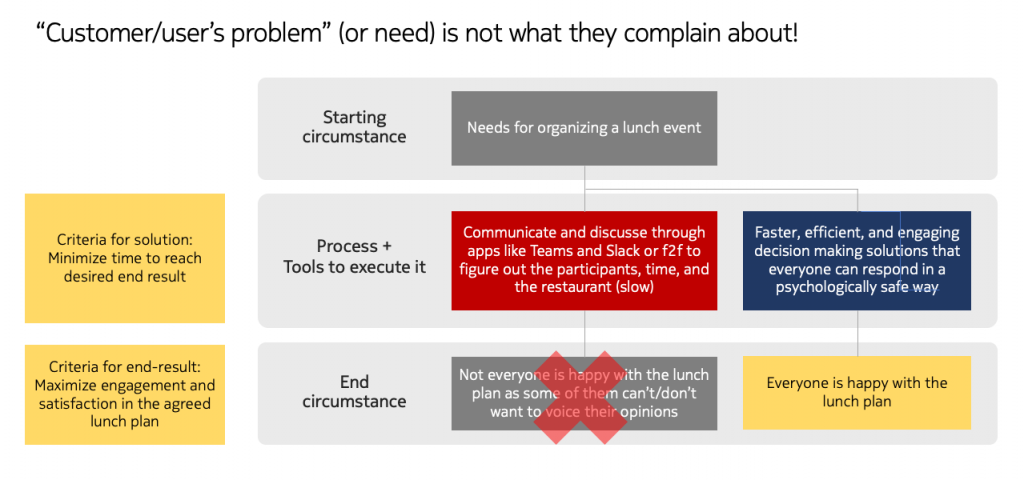
Product Vision
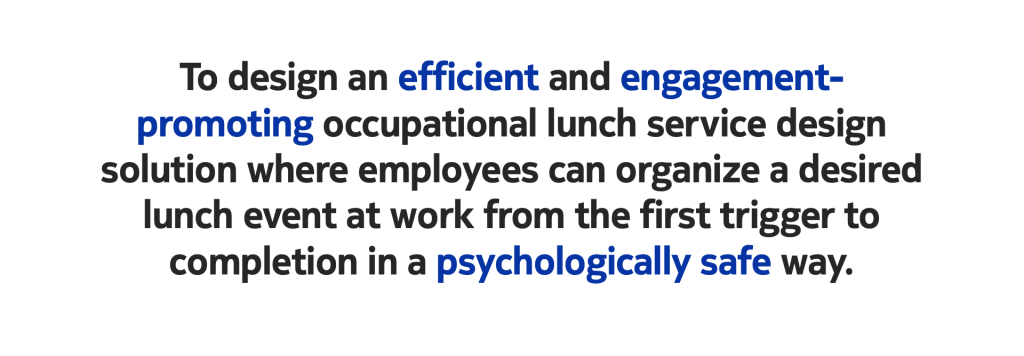
#Ideate & Prototype
Product Concept
- Enables a lunch event organizer to make a lunch plan targeting a single person or a group of colleagues quickly and easily.
- Helps lunch event participants to voice their opinions about the restaurant choice through voting.
- Provides employees with wanted info (e.g., a list of restaurants nearby, distances, ratings, menus, and specific info about the food, etc. ) to make a lunch choice decision.
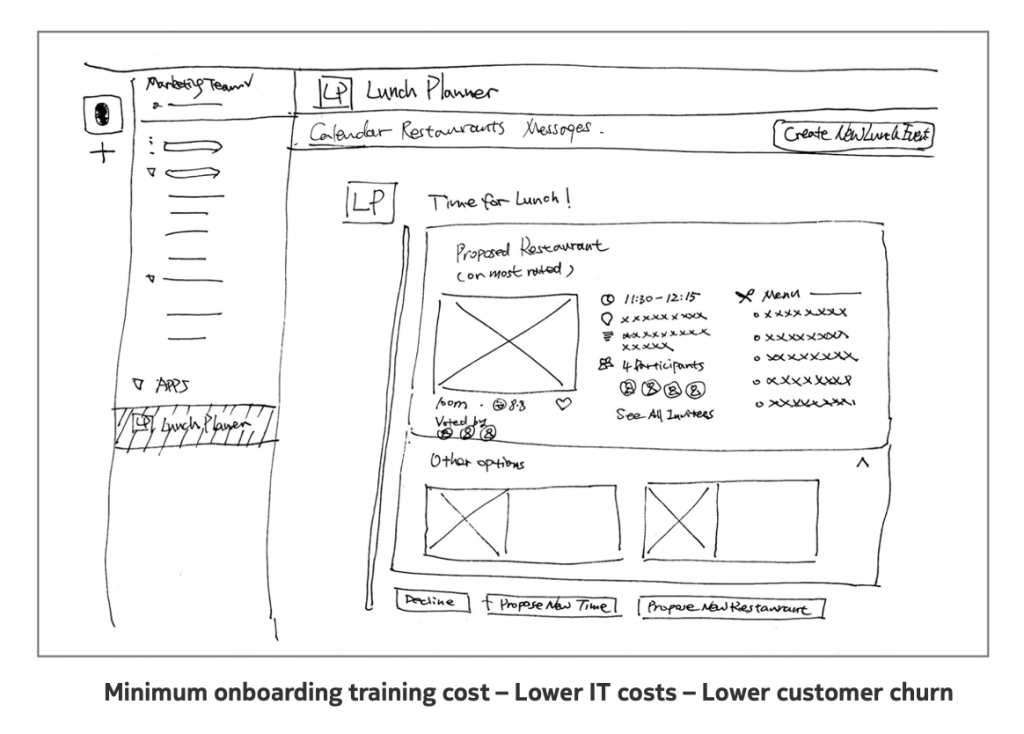
Testing Concept
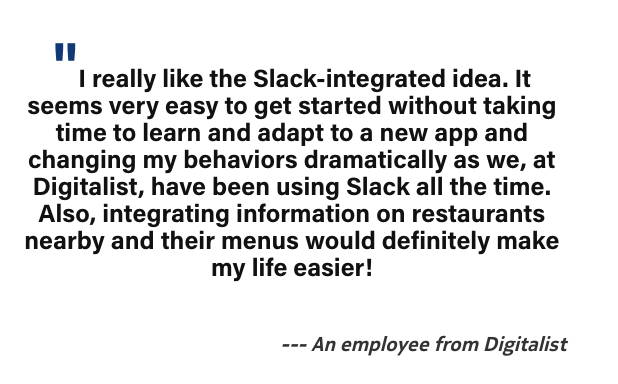
Information Architecture
To make sure users find information and complete tasks, I organized, structured, and labeled the possible content. There are five categories: Event Creation, Calendar, Restaurants, Messages, and About. In the event creation, users could see information like event titles, invitees, channels that events are shared with, date, duration, time, repeat, description, and restaurants, which are all necessary to define a lunch event. In the calendar, users could view the planned lunch events with the restaurant name, rating, time, distance, description, and participants as well as actions like edit, delete, decline, and propose. As for the restaurant category, users could view the top-rated nearby, the popular right now, new restaurants, restaurants I like, etc. In the message, users receive the lunch event notification as a message where they see the restaurant, participants, opening hours, votes for restaurant choices, time, description, and actions like decline, propose a new time or a new restaurant.
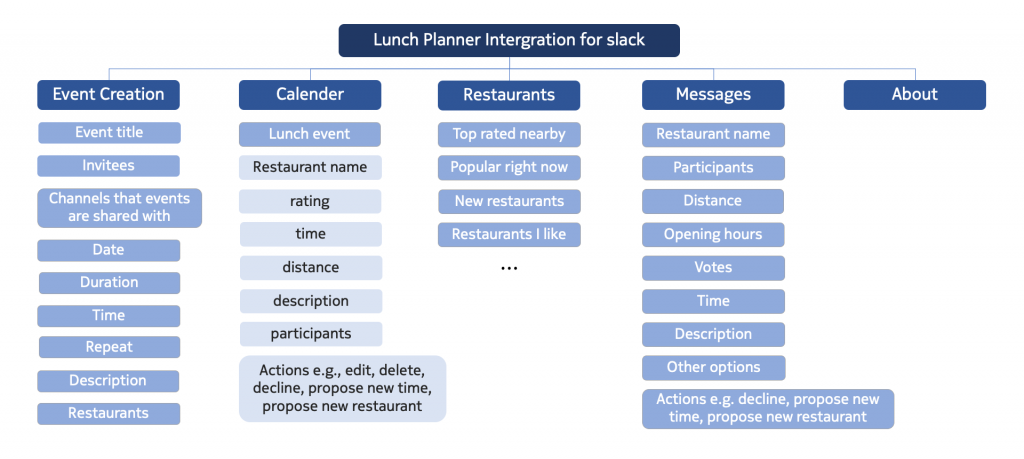
Interaction design
For system patterns, input errors and processing should be given as feedback.
As for the context patterns, the restaurant’s options could be presented as a portfolio. The page type is defined for the product.
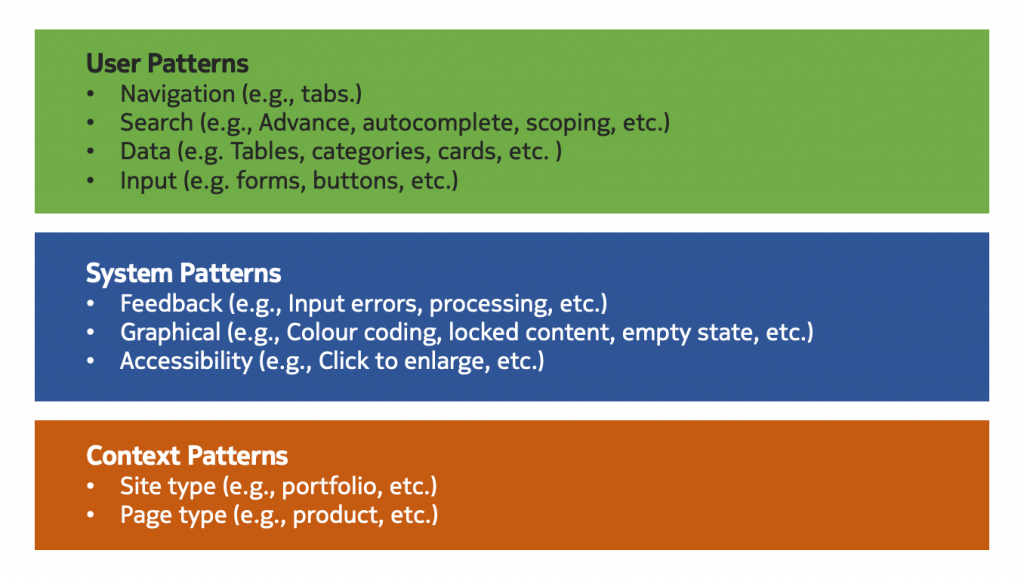
Wireframes
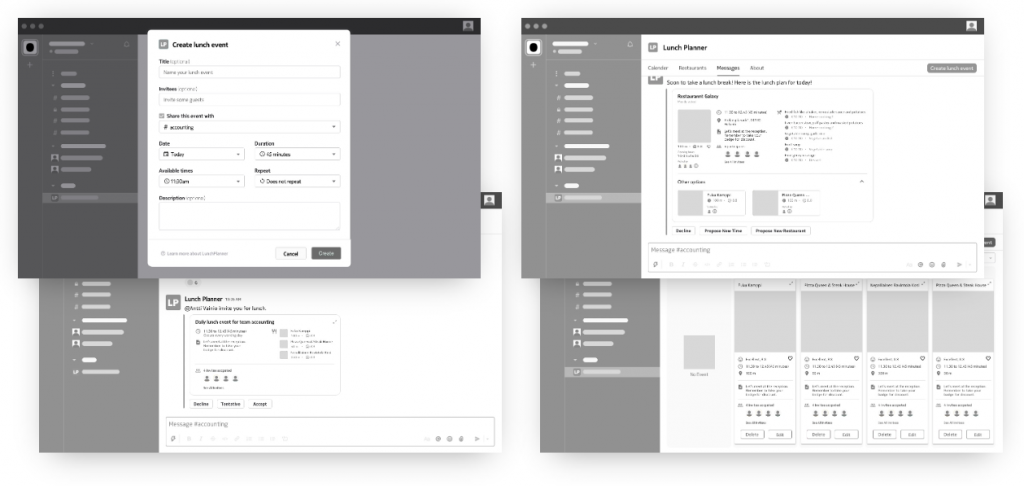
Visual Design
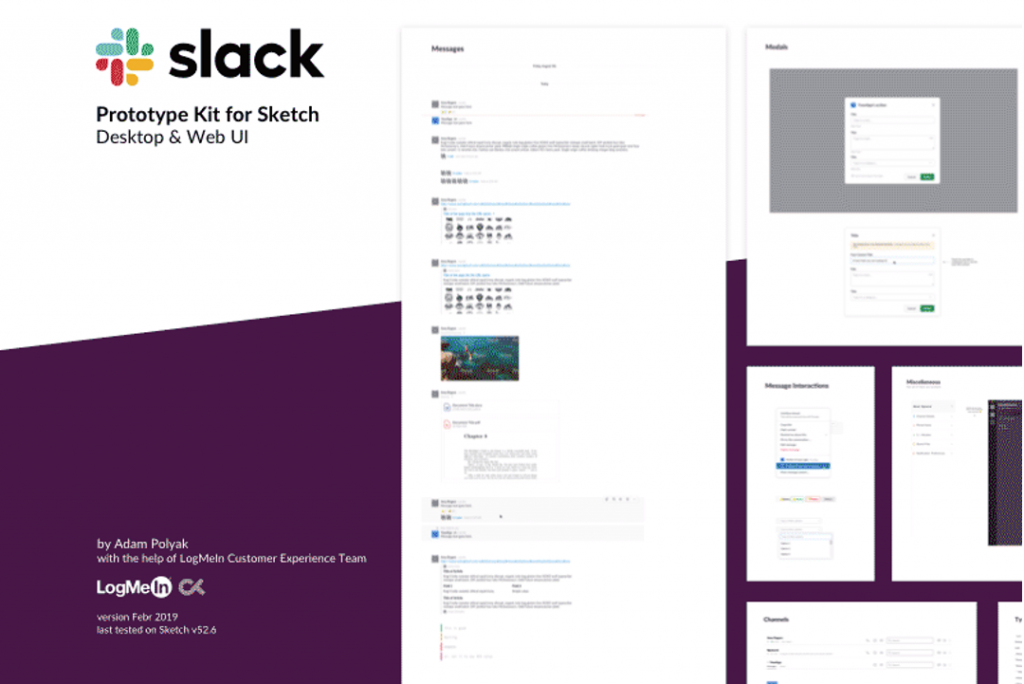
#Evaluate & Deliver
Evaluation
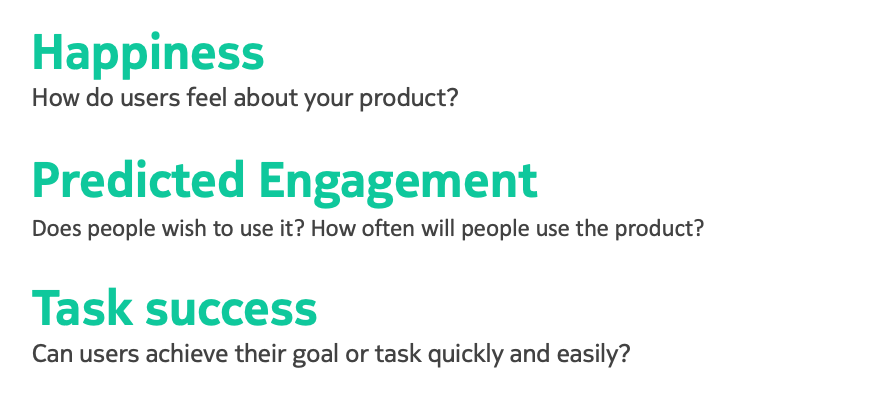
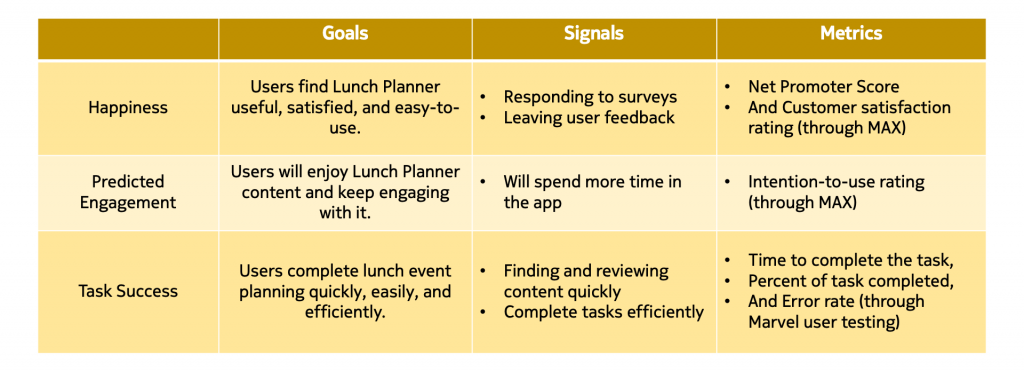
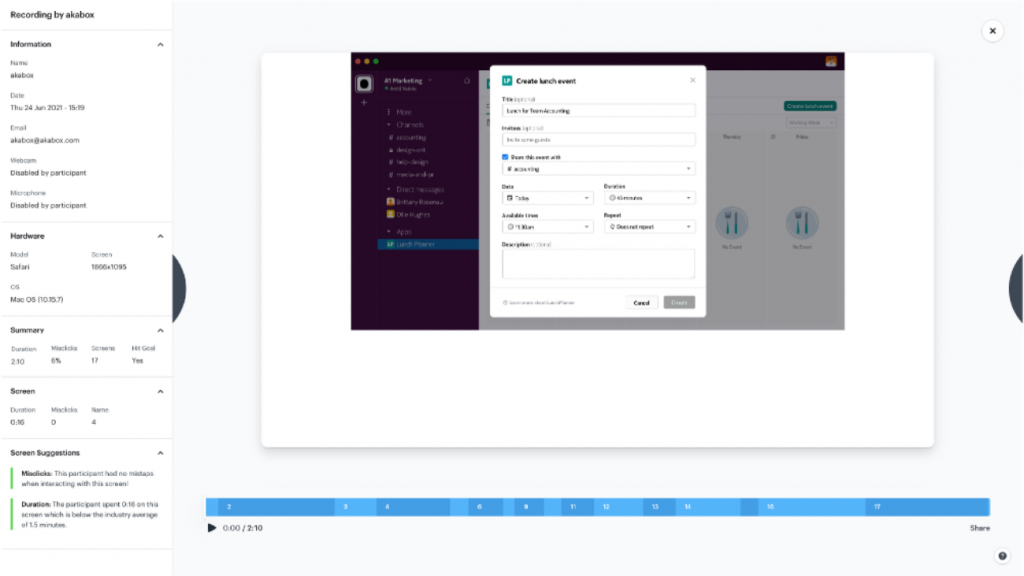
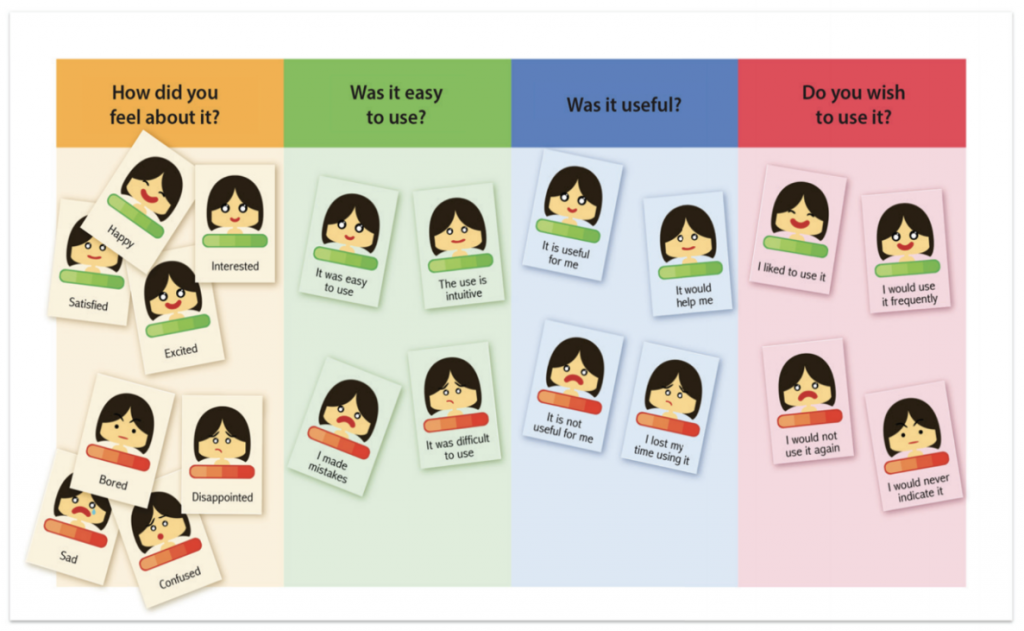
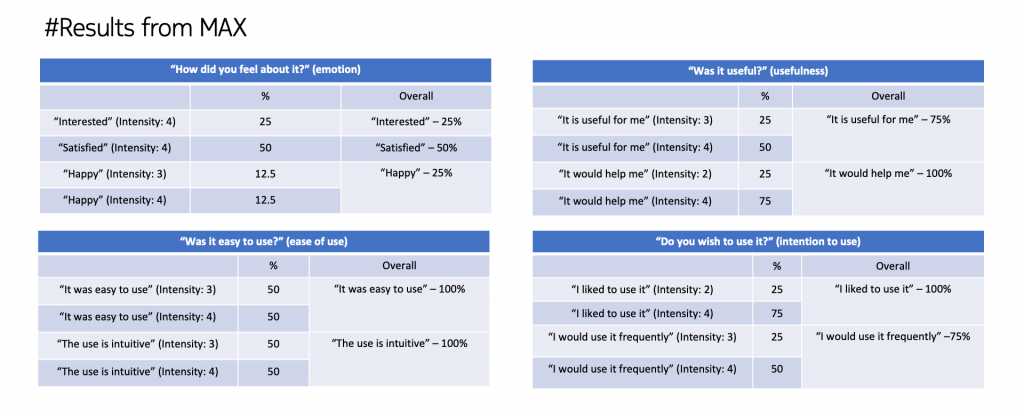
To Be Improved
Benchmarking to be done
- There are two possible reference points to compare the metrics in this case study:
Comparing to an earlier situation before using Lunch Planner, like time to
make a lunch event, numbers of a system for making a lunch decision, group lunch rate, etc. - The stakeholder-determined goal, Benchmarking to a stakeholder-determined goal is straightforward, it just requires systematic practices for collecting data, storing results, and making comparisons.
#Reflection
What was missing or what could be done better
As I have emphasized many times, proper customer research should happen to define the business goals and requirements rightly before starting the design work. Validating the value proposition with real stakeholders is also very important as we must know whether all the design work is valid and right or not before investment. I believe more design opportunities and product concepts could be discovered, and the design details could be better polished if there is enough time for me in this case. Also, the sample size should be big enough to produce valid and convincing design decisions during the research phase. As I just mentioned above, benchmarking the current situation can help validate the true impact of the design solution.
Key Takeaways
the solution must do and why is that.
